Cold air intake sound is a topic that has been discussed among car enthusiasts for years. It refers to the sound that is produced when air is being drawn into the engine through an aftermarket cold air intake system. Some people love the sound and consider it an important part of the driving experience, while others find it annoying and unnecessary.
Understanding the science behind cold air intake can help explain why it produces a unique sound. Cold air intake systems are designed to increase the amount of cool air that enters the engine, which can improve performance. This is because cooler air is denser, which means there is more oxygen available for combustion. The increased airflow can also create a louder sound as the air rushes through the intake system and into the engine.
Key Takeaways:
- Cold air intake sound is a topic that has been debated among car enthusiasts for years.
- The sound is produced when air is being drawn into the engine through an aftermarket cold air intake system.
- Understanding the science behind cold air intake can help explain why it produces a unique sound.
Understanding Cold Air Intake

A cold air intake is a type of air intake system that is designed to bring cooler air into the engine. It replaces the stock air intake system that comes with the car. The idea behind a cold air intake is to improve the performance of the engine by increasing the amount of oxygen that is available to it.
The stock air intake system is designed to be quiet and to fit in with the rest of the car. It is not designed to be high-performance. A cold air intake, on the other hand, is designed to be loud and to provide more air to the engine.
The cold air intake is typically made up of a few different parts. The air filter is the most important part, as it is responsible for filtering out dirt and debris from the air. The intake tube is the part that connects the air filter to the engine. It is typically made of plastic or metal and is designed to be as smooth as possible to reduce air resistance.
When air enters the engine through the cold air intake, it is cooler and denser than the air that enters through the stock air intake system. This means that there is more oxygen available for combustion, which can improve the performance of the engine.
One of the main benefits of a cold air intake is the sound that it produces. The intake creates a loud, deep sound that can be very satisfying to hear. This is because the air is being drawn into the engine more quickly and forcefully than with the stock air intake system.
It is important to note that not all cold air intake systems are created equal. Some are better than others, and some may not provide any real benefits at all. It is important to do research and choose a high-quality cold air intake system that is designed specifically for your car.
Benefits of Cold Air Intake
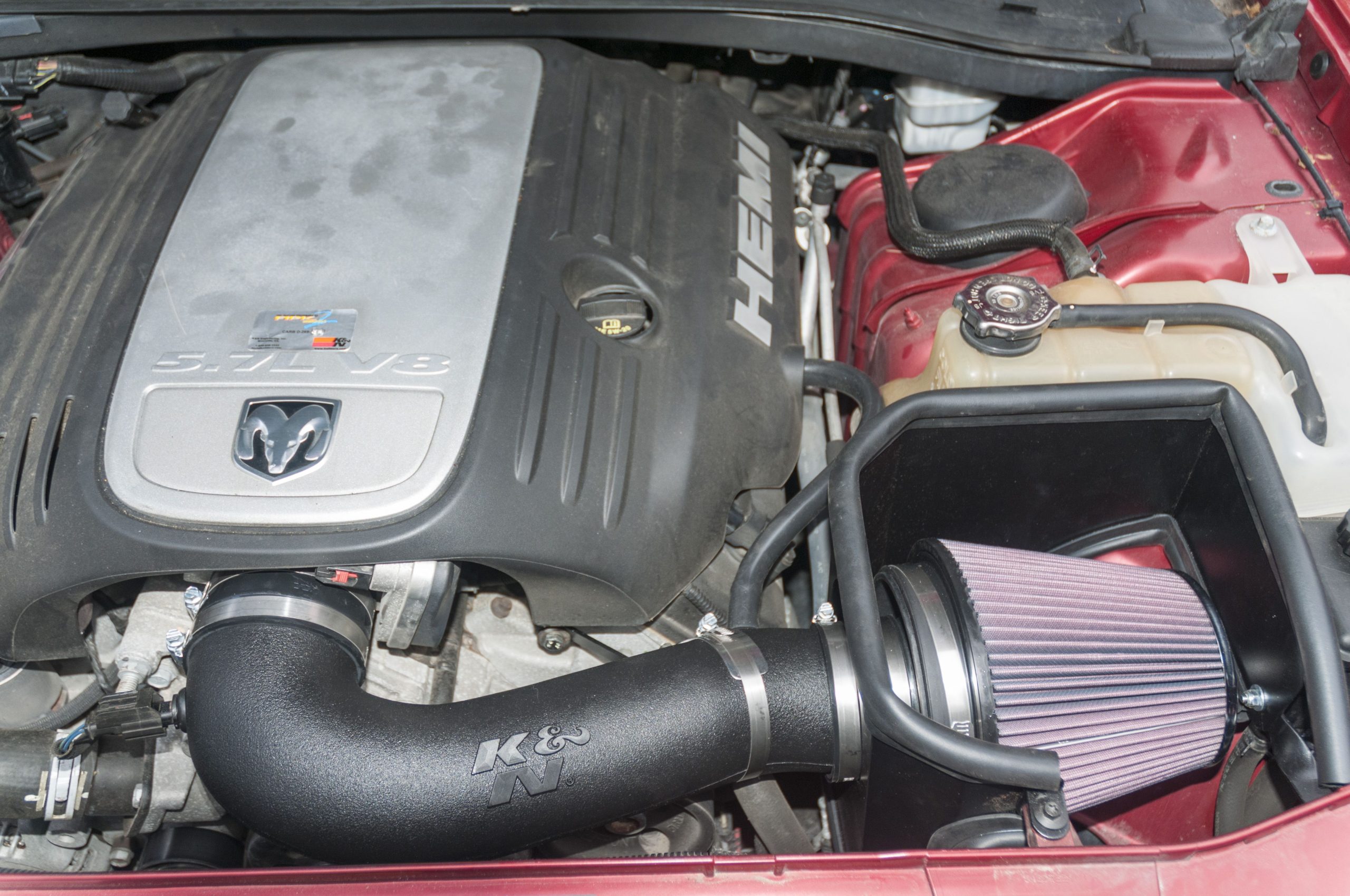
A cold air intake system is an aftermarket modification that replaces the factory air intake system in a vehicle. It is designed to increase the amount of cool air entering the engine, which can result in improved power and performance, fuel efficiency, and engine sound.
Power and Performance
One of the primary benefits of a cold air intake system is the potential for increased power and performance. By allowing a larger volume of cool air to enter the engine, a cold air intake can improve combustion efficiency and increase horsepower and torque. This can result in faster acceleration, higher top speed, and better overall performance.
Fuel Efficiency
Another benefit of a cold air intake system is improved fuel efficiency. By providing a cooler, denser air charge to the engine, a cold air intake can help to improve combustion efficiency and reduce fuel consumption. This can result in improved gas mileage and lower operating costs over time.
Engine Sound
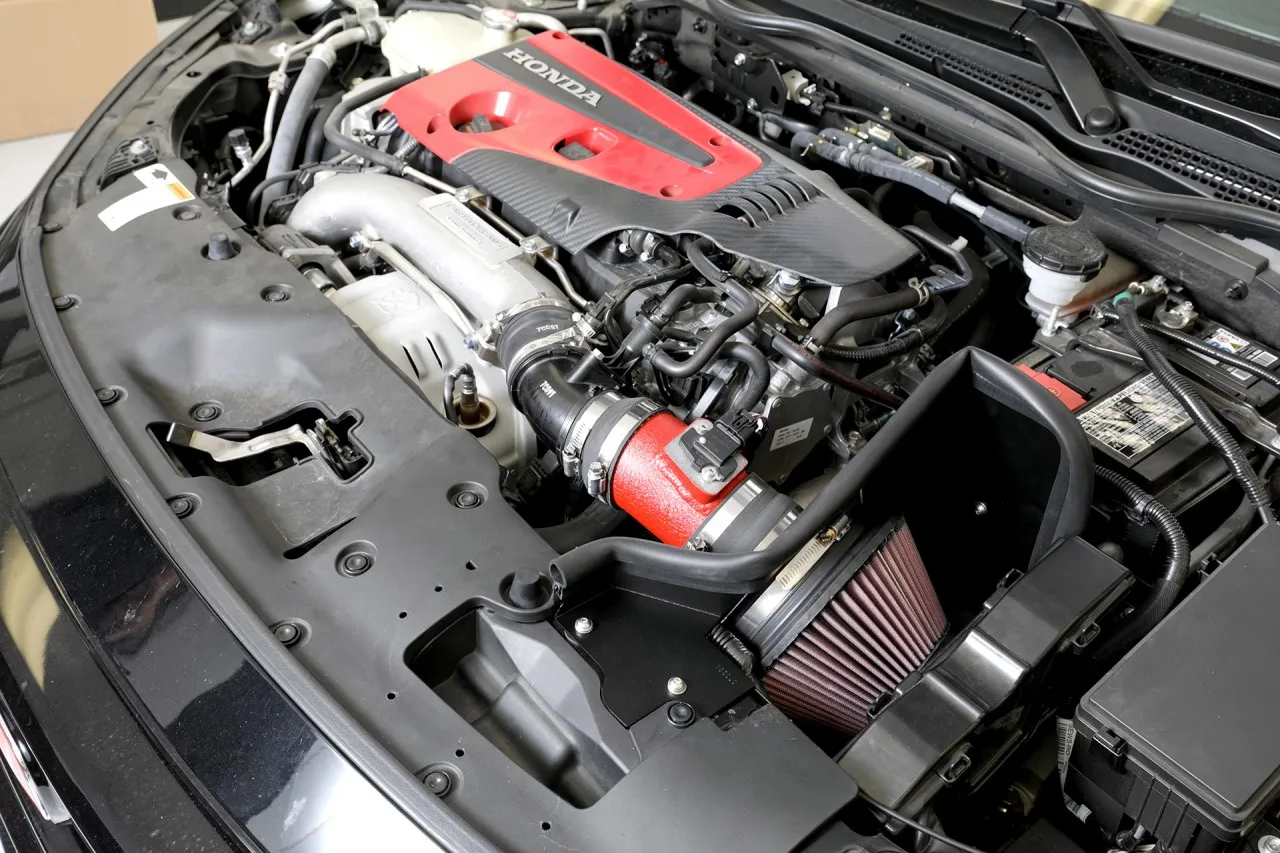
In addition to the performance and efficiency benefits, a cold air intake system can also improve the sound of the engine. By increasing the volume of air entering the engine, a cold air intake can create a more aggressive engine sound, which can enhance the driving experience for some enthusiasts.
Overall, a cold air intake system can provide a range of benefits for vehicle owners looking to improve the power and performance of their engine, increase fuel efficiency, and enhance the engine sound. However, it is important to note that the actual performance gains and fuel economy improvements will vary depending on the specific vehicle and driving conditions.
Design and Components of Cold Air Intake
Cold air intake systems have become a popular aftermarket modification for car enthusiasts. These systems are designed to increase horsepower and improve engine performance by allowing cooler, denser air to enter the engine. A cold air intake system typically consists of three main components: the air filter, heat shield, and intake tube.
Air Filter
The air filter is the most important component of a cold air intake system. It is responsible for filtering out dirt, dust, and other debris from the air before it enters the engine. A high-performance air filter, such as those made by K&N or AFE, can increase airflow and improve engine performance. There are two main types of air filters: dryflow and oiled. Dryflow filters use a synthetic media that does not require oil, while oiled filters use a cotton or metal mesh media that requires oil to trap dirt and debris.
Heat Shield
The heat shield is designed to protect the air filter from hot air generated by the engine. It is typically made of metal or plastic and is installed around the air filter to create a barrier between the filter and the engine. A well-designed heat shield can help to reduce the intake air temperature and increase horsepower.
Intake Tube
The intake tube is the component that connects the air filter to the throttle body. It is typically made of plastic, aluminum, or carbon fiber and is designed to be as smooth and straight as possible to minimize air resistance. The diameter and length of the intake tube can also affect engine performance. A larger diameter tube can increase airflow, while a shorter tube can improve throttle response.
In summary, a cold air intake system is designed to increase engine performance by allowing cooler, denser air to enter the engine. The three main components of a cold air intake system are the air filter, heat shield, and intake tube. A high-performance air filter, well-designed heat shield, and smooth intake tube can all contribute to increased horsepower and improved engine performance.
Installation of Cold Air Intake
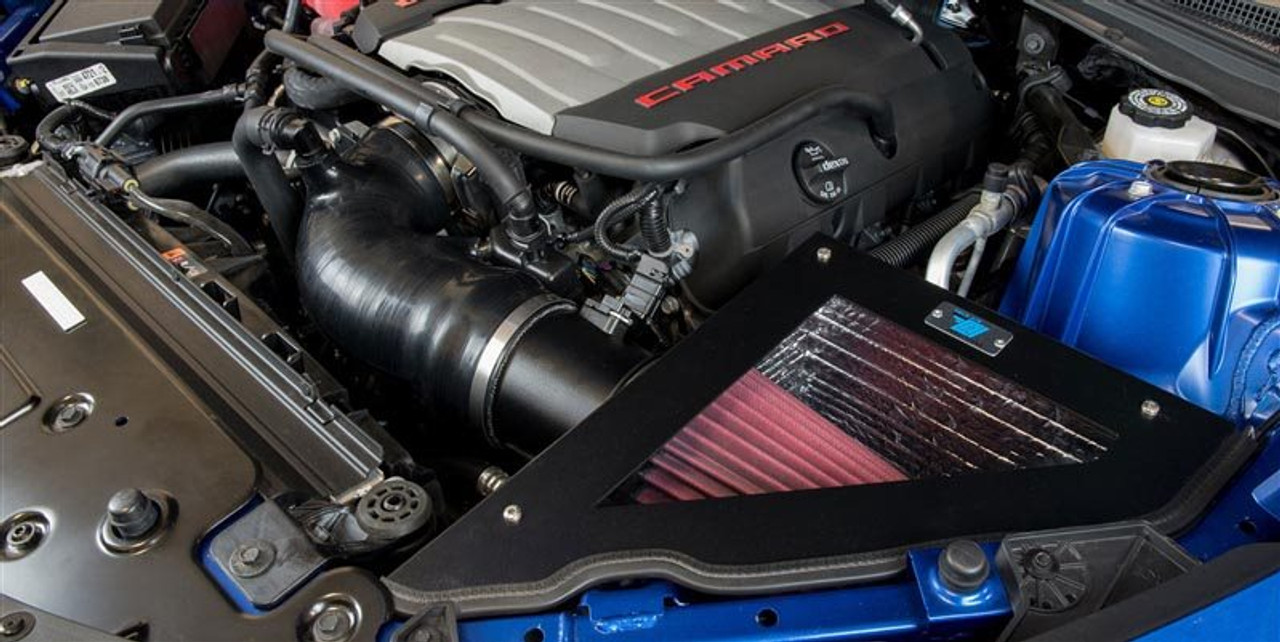
Installation Process
Installing a cold air intake is a relatively easy process that can be done by most people with basic mechanical skills. The process involves removing the factory air intake system and replacing it with a new cold air intake system. The installation process can take anywhere from 30 minutes to a few hours, depending on the make and model of the vehicle.
The first step in the installation process is to remove the factory air intake system. This typically involves removing the air filter box, air ducts, and any other components that are part of the factory air intake system. Once the factory air intake system has been removed, the new cold air intake system can be installed.
The new cold air intake system usually comes with all the necessary components, including the air filter, intake tube, clamps, and brackets. The new system is then installed in the same location as the factory air intake system. The intake tube is connected to the throttle body, and the air filter is secured in place using the provided clamps and brackets.
Tools Needed
The tools needed for installing a cold air intake system are relatively basic. Most installations can be completed with a socket set, pliers, and a screwdriver. Some installations may require additional tools, such as a hacksaw or drill, depending on the make and model of the vehicle.
Precautions
When installing a cold air intake system, it is important to take certain precautions to ensure that the installation is done correctly. First, it is important to disconnect the battery before beginning the installation process to prevent any electrical damage. Second, it is important to follow the manufacturer’s instructions carefully to ensure that the installation is done correctly. Finally, it is important to double-check all connections and clamps to ensure that they are secure before starting the engine.
Overall, installing a cold air intake system is a relatively easy process that can be done by most people with basic mechanical skills. The installation process involves removing the factory air intake system and replacing it with a new cold air intake system. The new system is easy to install and comes with all the necessary components, including the air filter, intake tube, clamps, and brackets. The installation process can take anywhere from 30 minutes to a few hours, depending on the make and model of the vehicle.
Aftermarket Cold Air Intakes
When it comes to upgrading a vehicle’s performance, an aftermarket cold air intake is often one of the first modifications enthusiasts consider. A cold air intake is designed to replace the restrictive factory air intake system with a more efficient and free-flowing design, allowing the engine to breathe in more air and ultimately produce more power.
Top Brands
There are many brands that offer aftermarket cold air intakes, each with their own unique design and features. Some of the top brands to consider include:
K&N is a well-known brand in the automotive industry and offers a wide range of high-quality cold air intakes for various makes and models. AEM is another popular brand that offers cold air intakes with advanced features such as a dryflow filter and mandrel-bent tubing.
Injen is known for its sleek and stylish designs, while Spectre offers affordable options without sacrificing performance. Airaid is a brand that focuses on providing maximum airflow and performance gains.
Buying Guide
When shopping for an aftermarket cold air intake, there are a few things to keep in mind. First, make sure to choose a cold air intake that is designed specifically for your make and model of vehicle. This will ensure proper fitment and optimal performance.
Next, consider the style of cold air intake you want. Some cold air intakes are designed to be installed in the factory airbox location, while others are designed to be installed in the engine bay and feature a more aggressive look.
Additionally, consider the type of filter the cold air intake uses. Some filters are reusable and can be cleaned and reused, while others are disposable and must be replaced periodically.
Finally, consider the price and warranty offered by the manufacturer. While a higher price tag doesn’t always mean better quality, it’s important to choose a reputable brand with a solid warranty to ensure the cold air intake will perform as expected and last for years to come.
Overall, an aftermarket cold air intake can be a great way to improve your vehicle’s performance and add a bit of style under the hood. By choosing a reputable brand and following the buying guide, you can ensure you get the most out of your investment.
Legal Considerations and Regulations
When considering installing a cold air intake system, it is important to be aware of any local laws and regulations that may apply. These regulations can vary depending on the location, and failure to comply with them can result in fines or even legal action.
In some areas, modifications to a vehicle’s emissions system are strictly prohibited. This may include the installation of a cold air intake system, which can alter the amount of air entering the engine and affect emissions. It is important to check with local authorities or consult with a qualified mechanic to ensure that any modifications made to a vehicle’s emissions system are legal.
Additionally, some areas may have noise regulations that limit the amount of sound a vehicle can produce. Cold air intake systems can sometimes produce a louder engine sound, which may violate these regulations. Again, it is important to research and comply with any local noise regulations before installing a cold air intake system.
It is also worth noting that some cold air intake systems may not be street legal. This is because they may not meet certain safety or emissions standards required by law. Before purchasing a cold air intake system, it is important to check that it is street legal in the area where the vehicle will be driven.
In summary, when considering a cold air intake system, it is important to be aware of any local laws and regulations that may apply. Failure to comply with these regulations can result in fines or legal action. It is recommended to consult with a qualified mechanic and research any applicable regulations before installing a cold air intake system.
Potential Issues with Cold Air Intake
When it comes to upgrading a car’s performance, a cold air intake is one of the most popular modifications. However, it’s important to be aware of potential issues that can arise from installing a cold air intake. In this section, we’ll cover some of the most common problems that can occur.
Check Engine Light
One of the most common issues that can occur with a cold air intake is the activation of the Check Engine Light (CEL). This can happen for a few reasons. First, the new intake may alter the air-to-fuel ratio in the engine, which can cause the CEL to turn on. Additionally, some cold air intakes may not be designed to work with certain sensors in the engine, which can also trigger the CEL.
If the CEL turns on after installing a cold air intake, it’s important to have the car’s computer system scanned to determine the cause of the issue. In some cases, a tune-up may be necessary to fix the problem.
Whistling Sound
Another potential issue with cold air intakes is the development of a whistling sound. This can occur if the intake is not properly installed or if there is a leak in the system. In some cases, the whistling sound may be normal and simply a result of the increased airflow through the engine.
If the whistling sound is particularly loud or persistent, it’s important to have the intake system checked for any leaks or other issues that may be causing the problem.
Vacuum Leak
A vacuum leak is another potential issue that can occur with a cold air intake. This can happen if the intake is not properly sealed or if there is a crack in the system. A vacuum leak can cause a number of problems, including reduced engine power and poor fuel efficiency.
If a vacuum leak is suspected, it’s important to have the intake system inspected by a professional mechanic. In some cases, the issue may be as simple as tightening a loose clamp or replacing a damaged hose.
Overall, while cold air intakes can provide a boost in performance, it’s important to be aware of potential issues that can arise. By taking the time to properly install and maintain the intake system, many of these problems can be avoided.
Conclusion
In conclusion, cold air intakes can provide a noticeable increase in engine sound, but the extent of the change will depend on several factors. The type of vehicle, the design of the intake, and the driving conditions all play a role in determining the sound output.
While some drivers may enjoy the increased sound, it is important to note that a louder engine does not necessarily equate to better performance. In fact, some aftermarket intakes may actually decrease performance if they are not properly designed and installed.
Overall, it is recommended to do thorough research and consult with a trusted mechanic before making any modifications to a vehicle’s intake system. By doing so, drivers can ensure that they are making informed decisions that will not only improve the sound of their engine but also enhance its overall performance.
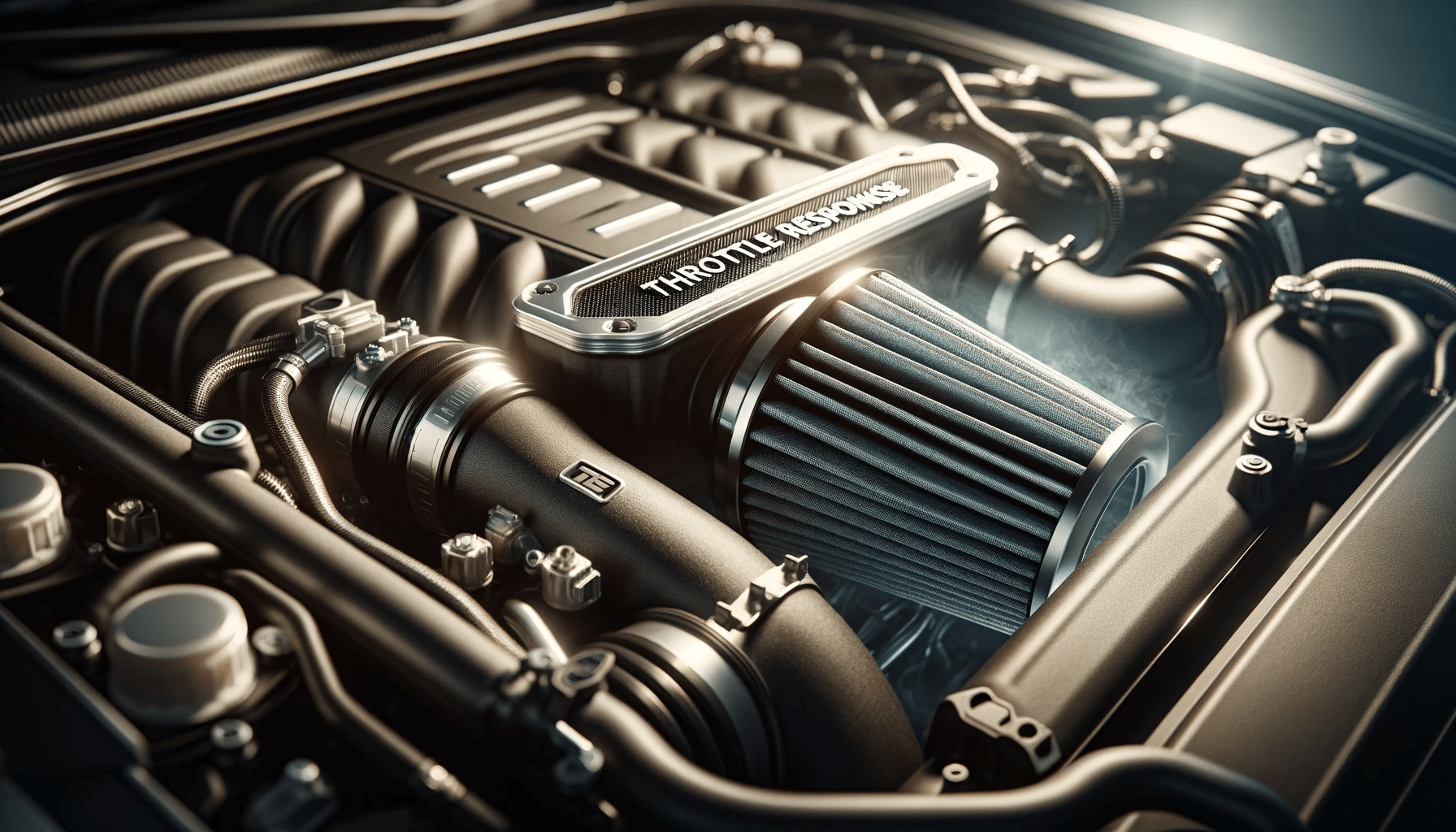
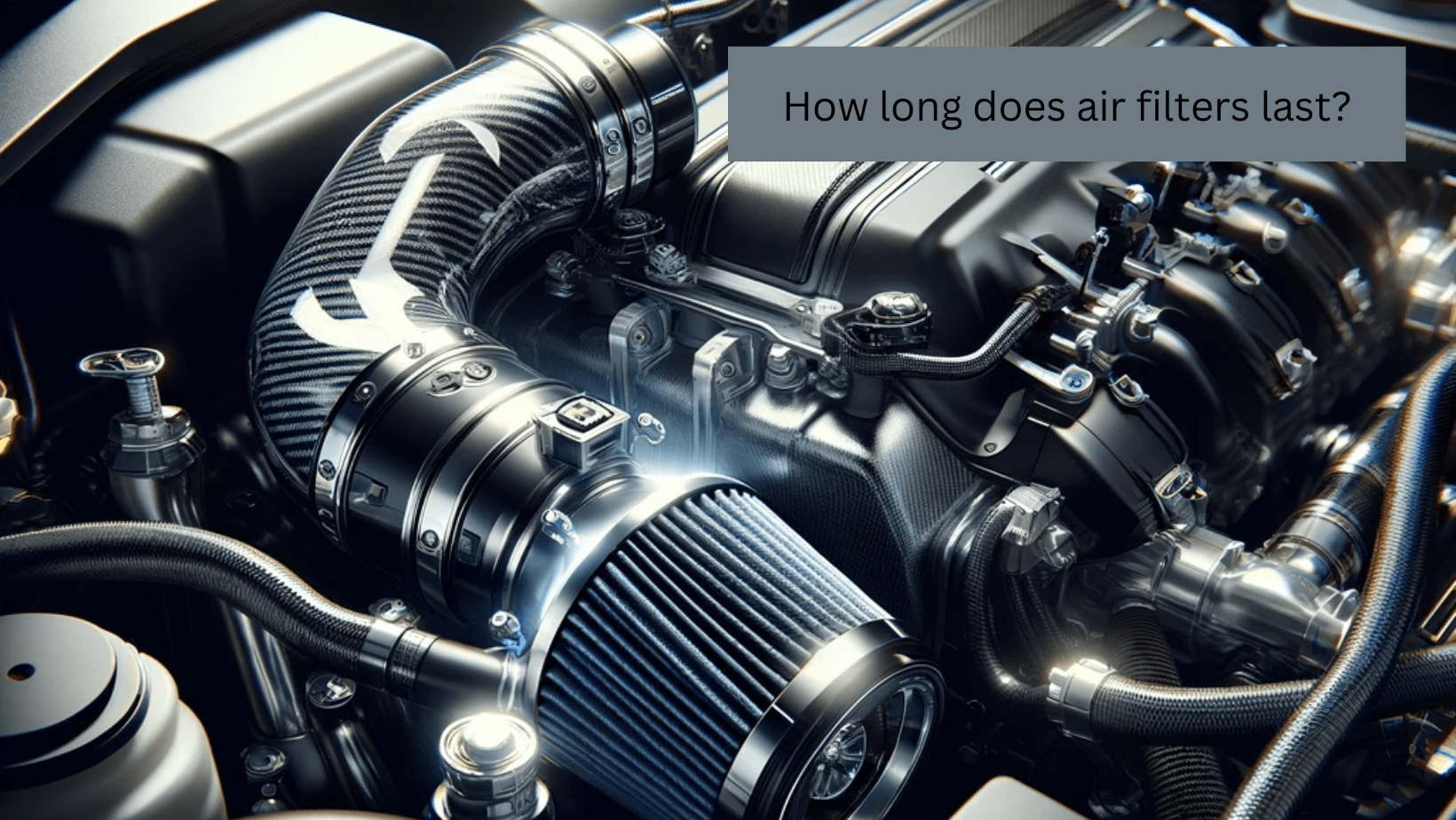
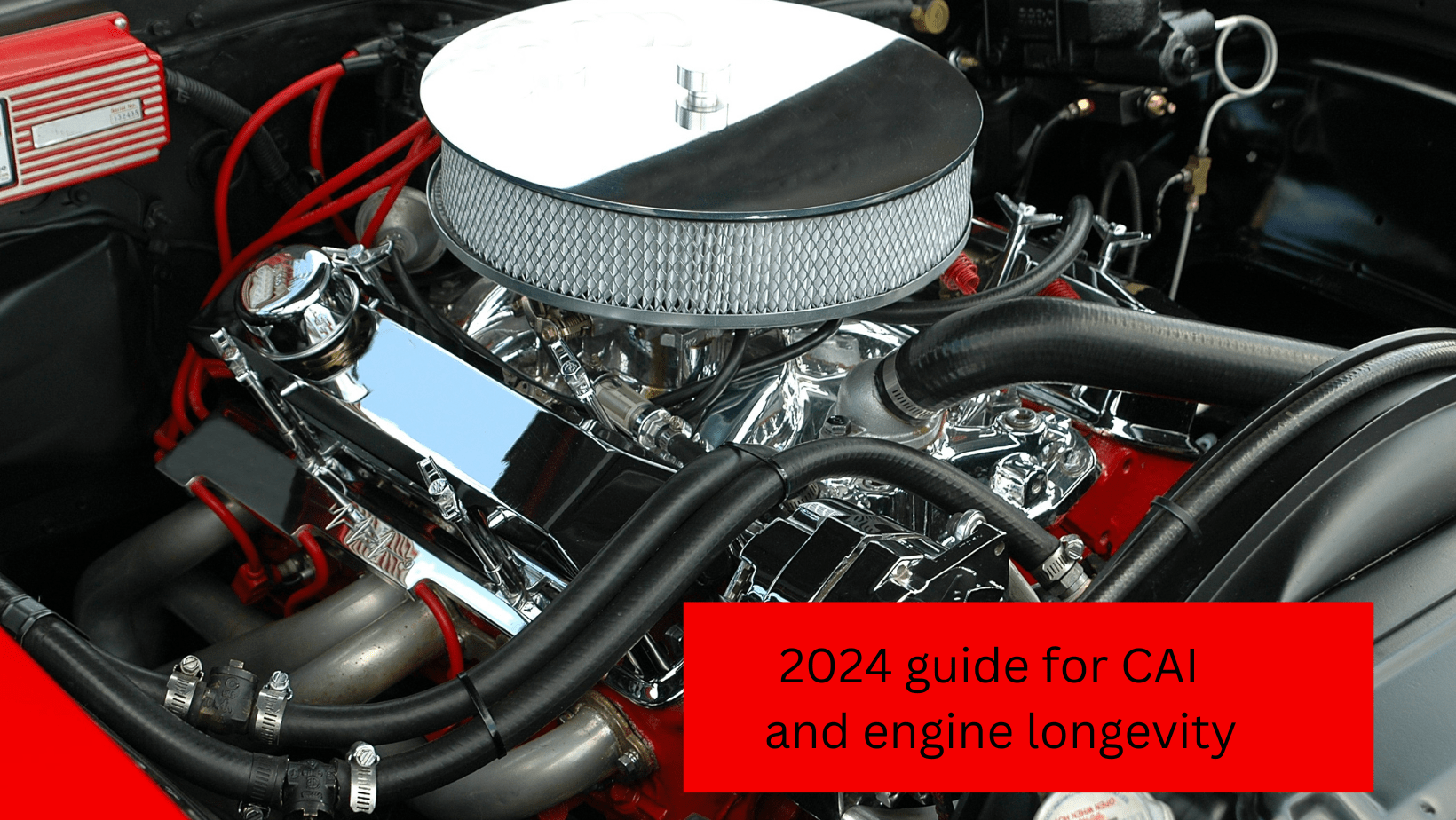
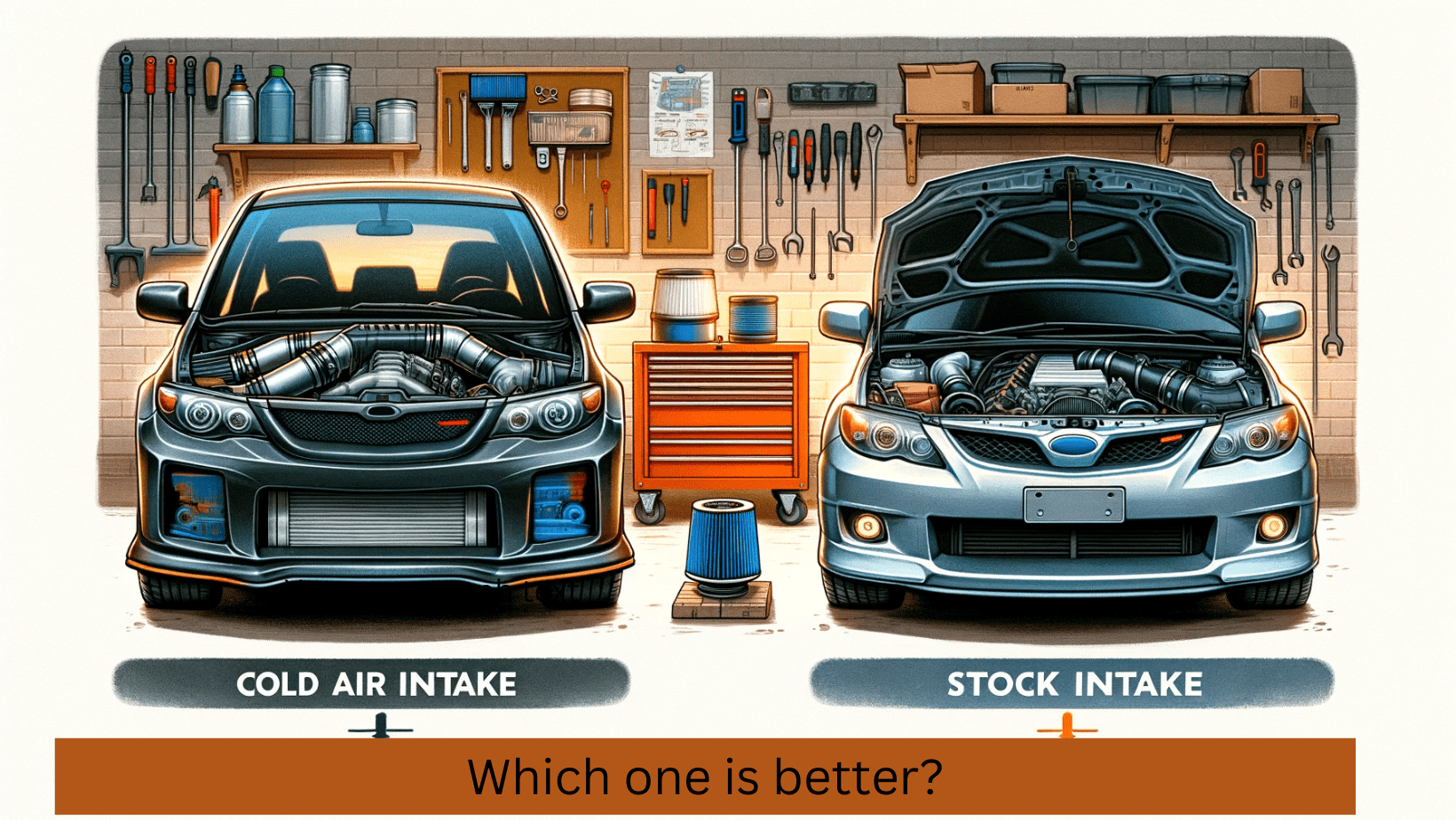
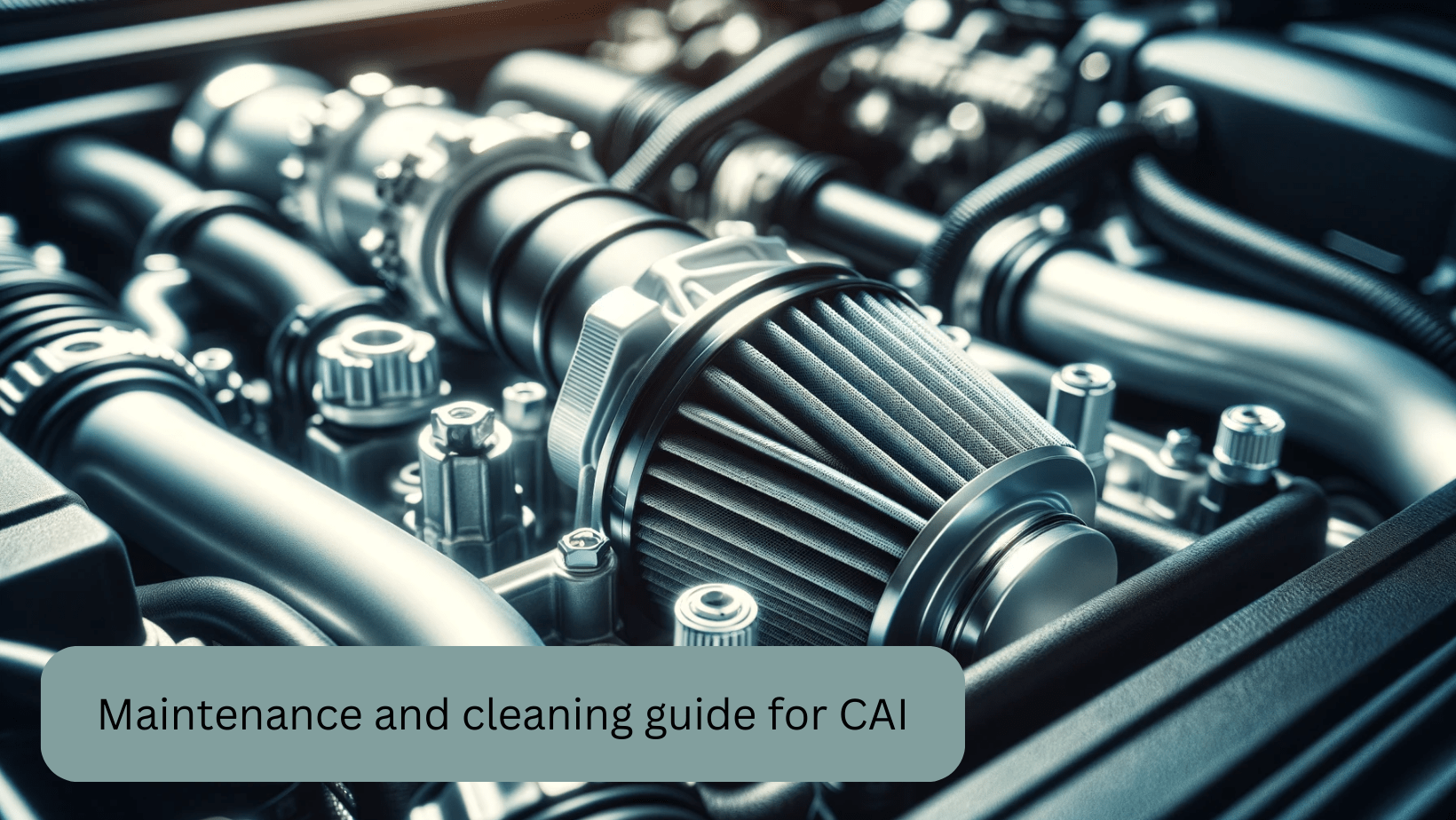
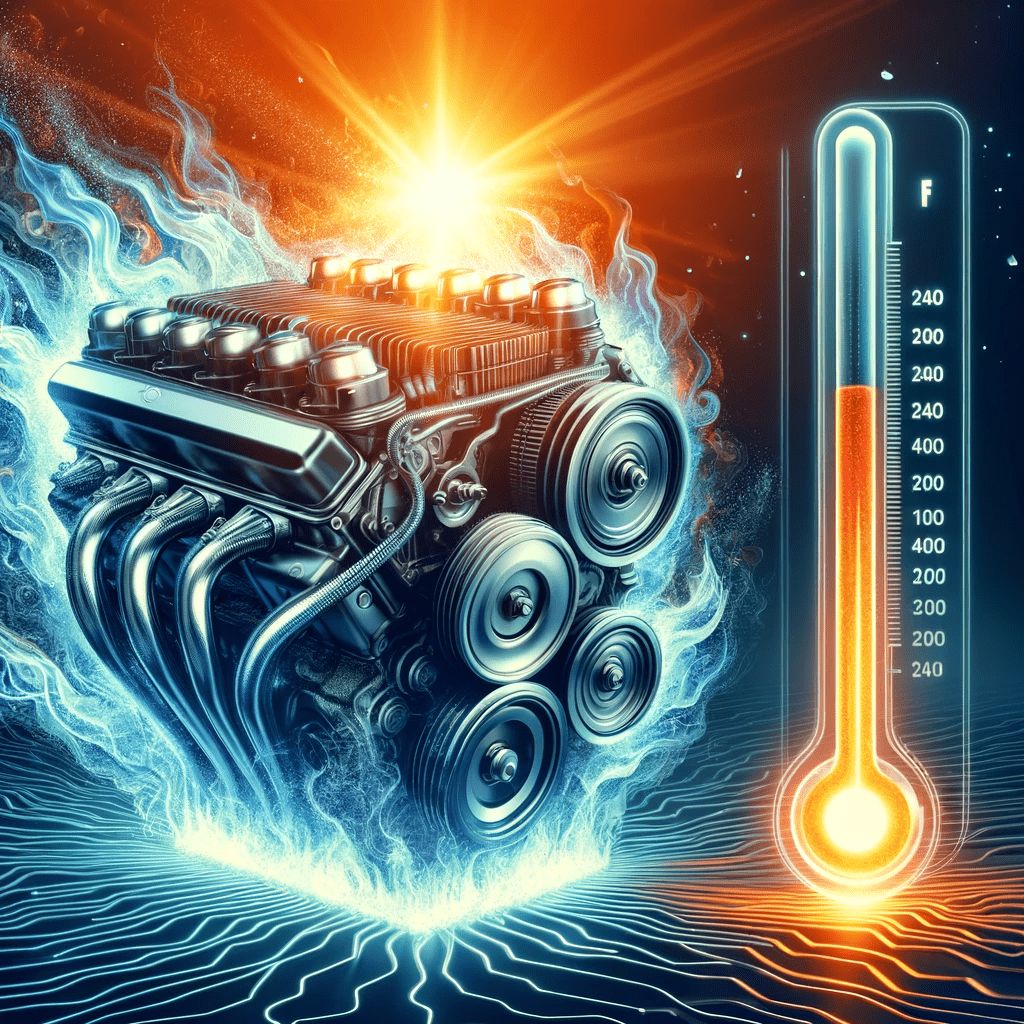
No Responses